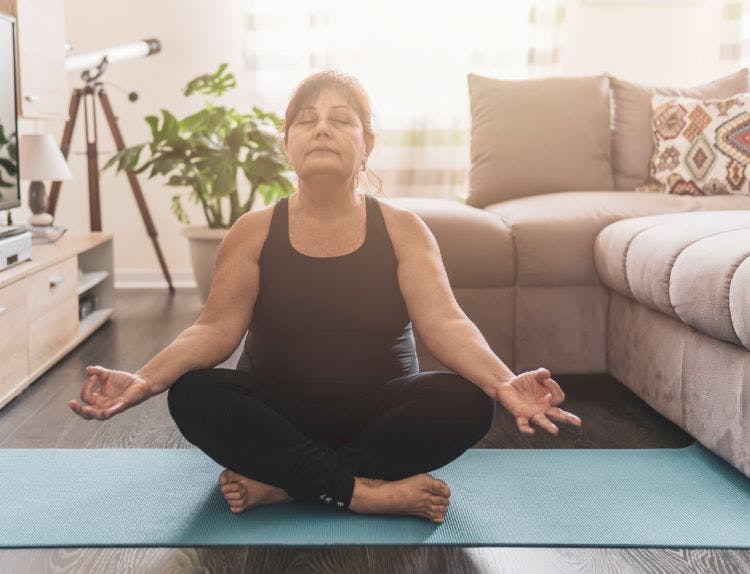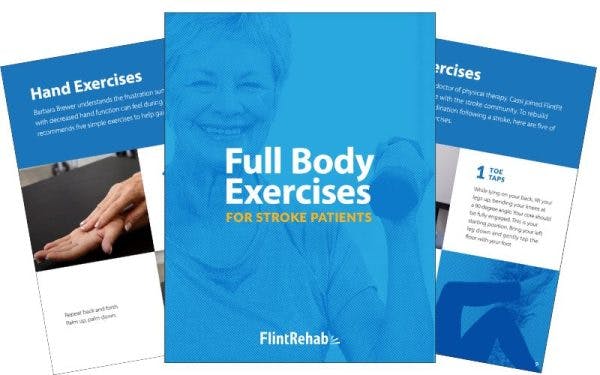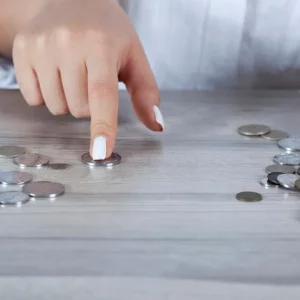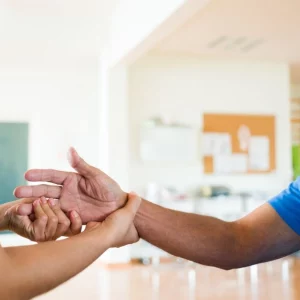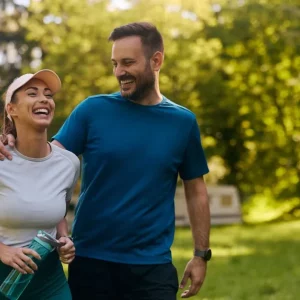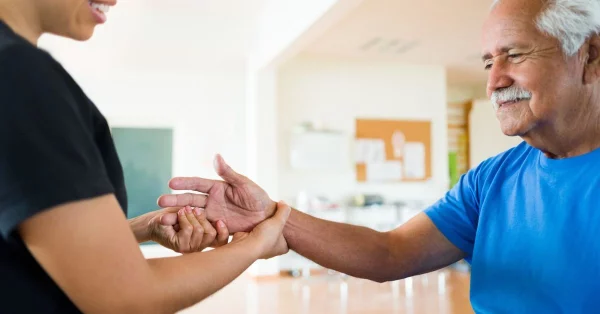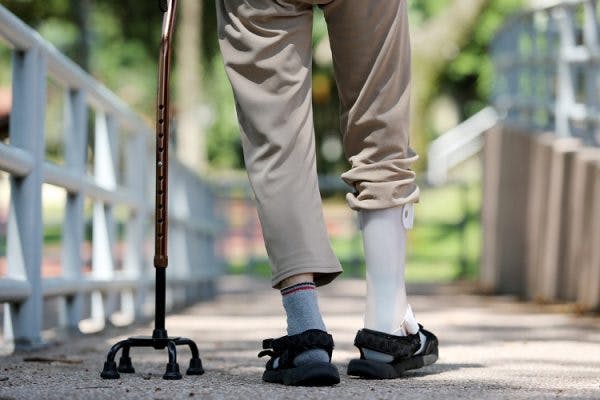Mindfulness and stroke rehabilitation fit together well.
Although it may be overlooked and underrated, mindfulness is a powerful way to promote healing and happiness after a stroke. Since increased happiness leads to more action, this is an avenue for enhanced stroke rehabilitation.
Let’s dig into how mindfulness and stroke rehabilitation work together.
How to Boost Healing After a Stroke
Of course, we can’t start talking about stroke recovery without first discussing neuroplasticity.
Neuroplasticity is the process the brain uses to create and strengthen neural pathways. This process illustrates how the brain can adapt and heal after a stroke.
The process of neuroplasticity depends on learning and experience. To activate neuroplasticity, you must engage with the skills you want to relearn. You’re likely already doing this during any therapy sessions, but your brain needs you to practice more often than the times you are at a therapy appointment.
Neuroplasticity is more likely to occur with increased learning opportunities to stimulate the brain. Therefore, the more you practice, the better your skills will get.
Best of all, you can use neuroplasticity in two ways: to heal the brain and boost happiness. How, exactly? Let’s dive into that next.
Boosting Happiness During Stroke Recovery
Stroke recovery can present challenges that may bring discouragement and depression. This deserves attention because happiness can motivate action – and action is how recovery is achieved.
It is not unusual for individuals who have had a stroke to experience depression or frustration. This is common because the secondary effects of a stroke, such as impaired arm or leg function, can make everyday tasks more difficult. Mindfulness can boost your mood and therefore enhance your rehabilitation.
Mindfulness can help you to reduce any negative self-talk you may be experiencing as well. If you believed that a plateau in progress meant the end of the road, consider how this could prevent you from striving. Then your negative thoughts become a self-fulfilling prophecy and inhibit recovery.
Fortunately, your thoughts can be disciplined by mindfulness just like any other skill is developed.
This concept is critical to a successful recovery because your thoughts influence your actions and improving your self-talk could motivate more meaningful action. Just another reason mindfulness and stroke rehabilitation go together toward recovery.
How to use Mindfulness as a Tool for Stroke Rehabilitation
Mindfulness is the process of paying close attention to your thoughts and actions
To understand how, let’s look at a quick example.
Consider for a moment which of these situations would make you happiest:
- Doing hand therapy while focusing on your therapy
- Doing hand therapy while thinking about traveling in Paris
- Traveling in Paris while thinking about hand therapy
- Traveling in Paris while focusing on traveling in Paris
Can you guess which one? Believe it or not, science shows that situations #1 and #4 lead to the most happiness.
Indeed, it’s a scientific fact that we’re happiest when thought and action are aligned.
Mindfulness is keeping your mind on the present, and here’s how it can help stroke recovery:
Promoting Healing Through the Present Moment
During stroke recovery, it can be hard to be present, especially if you struggle with coming to terms with your new normal.
If you find yourself reminiscing or yearning for the future, this is understandable but not mindful. As a result, it doesn’t encourage as much happiness as a mindful approach does.
Often, it’s not our intention to have wandering minds. It’s likely something that we’ve been doing our entire lives, and because of neuroplasticity, our brains have become very efficient at wandering.
With mindfulness and stroke rehabilitation, you can use neuroplasticity to train yourself to be more mindful, and a great tool for this is meditation.
Mindfulness and Meditation
Meditation can benefit stroke recovery in all kinds of ways. To name some, meditation is proven to:
- Reduce depression, tiredness, and fatigue
- Grow the grey matter of your brain
- Improve balance, attention, and emotion regulation
It must be practiced long-term to produce these results. After all, the brain requires experience to rewire itself.
Only by exposing ourselves to the stimulus of meditation regularly can we encourage the brain to become more mindful. A great way to get started is by listening to guided meditations on YouTube or in an app (like Aura, which is on our list of top stroke recovery apps).
Healing & Happiness After Stroke
If you’ve made it to the end, it’s clear that you enjoy the idea of blending mindfulness and stroke rehabilitation.
To dive even deeper, you’ll love our book Healing & Happiness After Stroke – How to Get Back Up After Life Turned Upside-Down.
It’s a science-based approach on how to boost self-esteem, happiness, and recovery. Since you’re interested in mindfulness, we know you’ll love the book.
